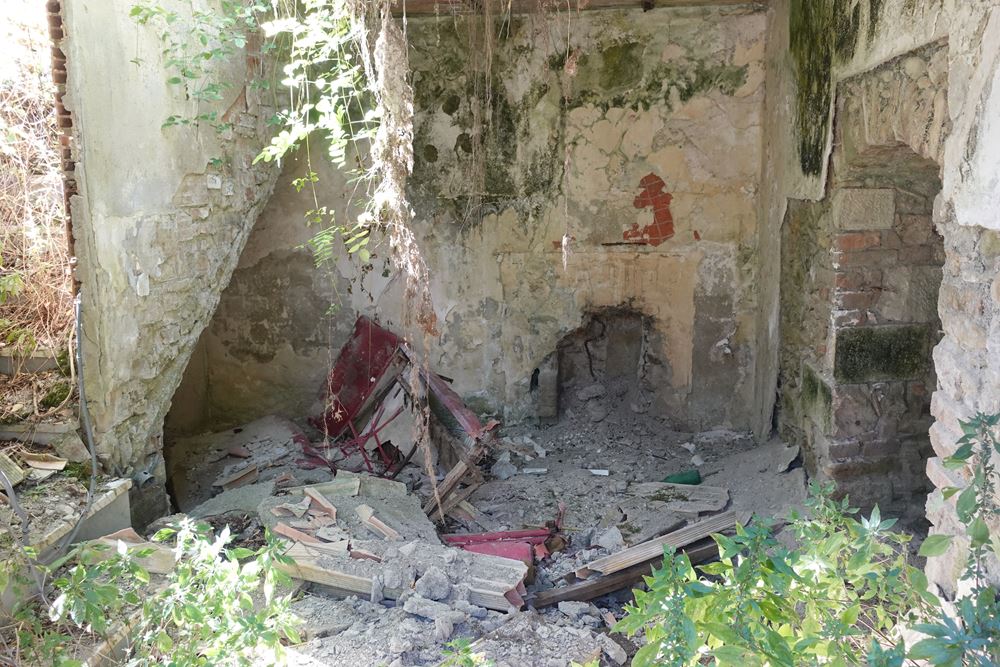REbuilding a sense of PLACE – the context of case studies

REPLACE will build on the work of Dr Paola Di Giuseppantonio Di Franco from her award-winning Italia Terromatata film, which focussed on the experiences of a community affected by an earthquake.
For the REPLACE study, the focus will be on Italy, a country that has been regularly hit by earthquakes, thus making it an ideal area to select case studies covering all phases of the hazard management cycle, through examples such as central Italy, L’Aquila, and Irpinia.
By using case studies, REPLACE will contextualise disasters and their legacies in the communities that deal directly with and inherit the fallout of earthquakes, providing us with concrete data to understand the impact disasters have on the feeling of ‘belonging’ somewhere, and how rebuilding is integration maintaining a sense of place.
Irpinia
Irpinia was struck by a major quake in 1980, with approximately 2,500 people killed, almost 8,000 people injured and hundreds of thousands of people displaced.
The case study of Irpinia straddles both the ‘Mitigation/Adaptation’ stage and the ‘Preparedness’ stage of the Hazard Management Cycle, but the REPLACE project will interrogate whether Irpinia has fully gone through both the ‘Response’ and ‘Recovery’ stages of the cycle for all the stakeholders of the community, and evaluate where 3D Technologies can be optimised to make these processes more impactful.
The process of rebuilding was also problematic in Irpinia, with accusations and instances of bribery and fund mismanagement, which resulted in a much-reduced recovery spend for the communities affected by the earthquake.
L’Aquila
In L’Aquila, at least 308 people died as a result of the 2009 earthquake, with many more injured and many thousands displaced. As a result of an inquiry into responses to data leading up to the event, seven people were imprisoned for inadequately forecasting the probability of a seismic event, however these convictions were later overturned. L’Aquila is deemed to be in the ‘Recovery’ phase of the hazard management cycle, focusing on clean up and rebuilding.
After the quake, many people remained in temporary accommodation, whilst inquiries began into the quality of building standards. What made the buildings in the region so affected by the impact of the earthquake in a region where earthquakes are common, and quake resistant building standards should be widely followed?
Central Italy (Amatrice and Accumoli)
The region of central Italy was affected by a widely felt earthquake in 2016. Amatrice and Accumoli were scenes of devastation, as they were at the epicentre of the quake and bore the brunt of the 6.2 magnitude. The shaking was felt as far away as Rome, around 100 miles away from the locus.
The quake claimed the lives of at least 247 people, and destroyed many buildings in the area. In Amatrice, whilst many structures collapsed, the medieval clock tower miraculously remained standing, with the clock face stopped at 3.39, three minutes after the initial shock began. There is still significant damage to been seen in the town, and is still in the ‘response’ phase of the hazard management cycle seven years after the disaster stuck.
Community-centred approaches
For communities that have experienced a series of difficulties related to the impact of earthquakes, REPLACE will also work with the communities to establish a Museum of Resilience, tracking emotional responses to disasters that have destroyed many homes and taken many lives.
REPLACE will highlight the plight of the communities that were at the epicentre of quakes felt across Italy, and demonstrate the uses of 3D technologies in rebuilding a sense of place.
